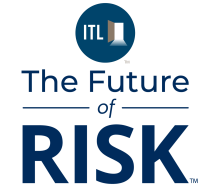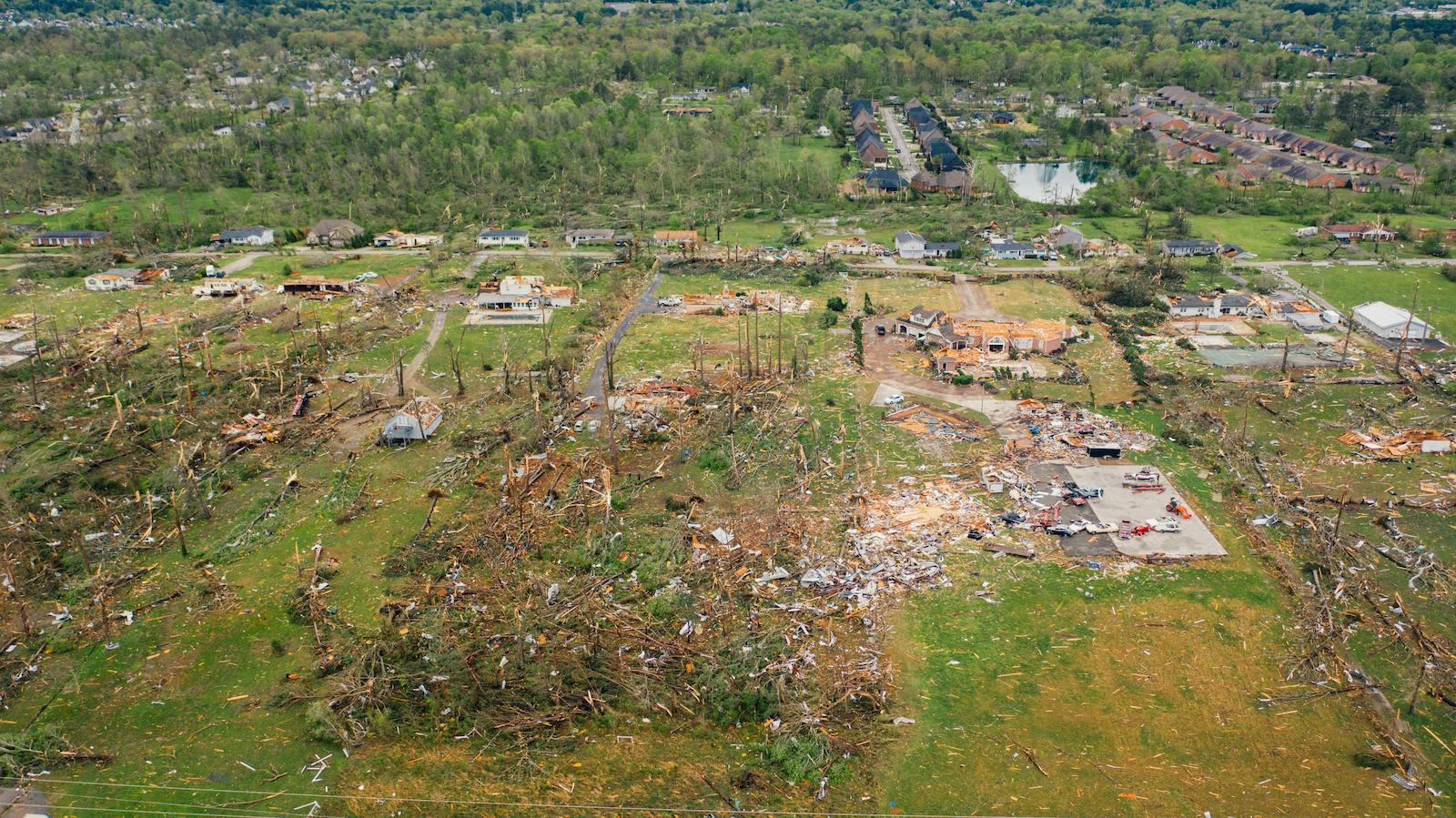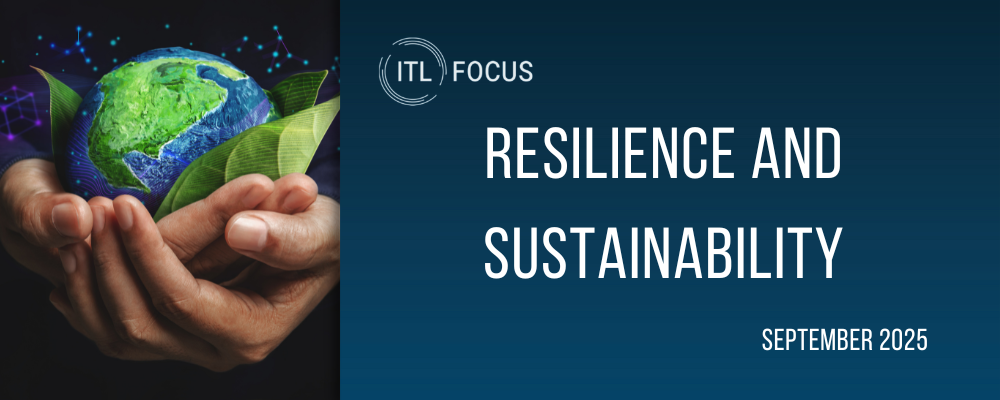The insurance-linked securities (ILS) market represents a major evolution in how risks are transferred, managed and financed globally. Insurance, among the world's oldest commercial activities, offers institutional investors participation opportunities through ILS and reinsurance via capital markets.
The risk transfer market, traditionally dominated by insurers and reinsurers, attracts institutional investors seeking alternative assets that provide both portfolio diversification and stability during market turbulence.
The ILS market has evolved significantly, reaching $50 billion in catastrophe bonds for the first time as of March 2025, according to Artemis reports. This growth represents a 9.7% compound annual growth rate over the past five years as investors increasingly seek alternative assets offering both diversification and resilience to market volatility.
Through instruments like catastrophe bonds and collateralized reinsurance, ILS allow investors to assume insurance risks for competitive returns that remain largely uncorrelated with traditional financial markets. This bridges capital markets and the insurance industry while enhancing the sector's capacity to absorb major risks, particularly from natural disasters.
How ILS Work
In the traditional insurance model, companies sell policies to customers in exchange for premiums, providing coverage for potential future losses. When catastrophes occur and too many policyholders file claims simultaneously, insurers face significant financial strain. To manage this, they often turn to reinsurers.
Catastrophe bonds, a major ILS type, typically involve an insurer issuing bonds through a special purpose vehicle (SPV). Investors receive coupon payments but may forfeit principal if predefined events like earthquakes or hurricanes occur. Various trigger mechanisms determine payouts, including indemnity triggers based on actual losses, parametric triggers tied to objective measurements like wind speed, industry loss triggers based on total market losses, and modeled loss triggers calculated through predetermined models.
For example, a sample catastrophe bond for California earthquake risk might offer investors a 7% annual coupon rate for three years. If no triggering event occurs, investors receive their interest and principal. However, if an earthquake meeting specific parameters strikes, investors could lose part or all of their principal, which the insurer would use to cover policyholder claims.
Market Growth Driven by Climate Change
Weather-related disasters increasingly strain the traditional insurance model. Between 2019-2023, the U.S. averaged 20.4 catastrophic events annually causing over $1 billion in damages each, up from the historical average of 8.5 since 1980.
The distribution of damage from U.S. billion-dollar disasters shows tropical cyclones causing the most damage at $1,427.2 billion (inflation-adjusted), with an average cost of $22.3 billion per event. Drought ($361.9 billion), severe storms ($513.8 billion) and inland flooding ($201.9 billion) have also caused considerable damage.
Rising building values further strain insurers' capabilities, compounded by carriers exiting wildfire and wind-prone markets. This exacerbates coverage challenges in vulnerable areas. In 2023 alone, the U.S. experienced 28 confirmed weather and climate disaster events exceeding $1 billion in losses, resulting in 492 deaths and significant economic repercussions.
Expanding Beyond Natural Catastrophes
While catastrophe-linked products dominate the market, the ILS sector is expanding beyond natural disasters to include other high-impact risks:
Cyber Risk: Catastrophic cyber events such as ransomware attacks and widespread outages share many traits with natural catastrophes—they're hard to model, potentially devastating, and increasingly systemic. In 2023, Beazley issued "Cairney," the first cyber catastrophe bond, transferring tail cyber risk to capital markets.
Terrorism Risk: These systemic and infrequent risks fit the ILS model well. France's terrorism risk pool GAREAT issued a $105 million terrorism risk cat bond in 2024, marking an important expansion into man-made perils.
Pandemic Risk: COVID-19 catalyzed interest in pandemic-related securities, although these face complex modeling and trigger challenges. Nevertheless, pandemic-related ILS like mortality bonds are drawing attention from reinsurers and health insurers.
Technological Evolution
Technology plays a crucial role in the ILS sector's development, particularly in risk assessment, modeling, transparency, and operational efficiency. Leading companies in the risk modeling space include Verisk AIR Worldwide, RMS (Moody's), and CoreLogic (EQECAT), which are used in approximately 99% of ILS contracts. Emerging players like CyberCube, Synthetik, Parametrix and Katrisk are also making significant contributions.
Blockchain technology and decentralized finance (DeFi) present new opportunities to enhance efficiency and accessibility. In 2024, Schroders Capital conducted a successful tokenization pilot that enabled reinsurance contracts to be tokenized and traded on a public blockchain platform using smart contracts. This initiative demonstrated potential for automating time-consuming processes like subscriptions and settlements.
The regulatory environment for crypto assets remains uncertain, raising questions about how tokenized ILS should be classified and regulated across jurisdictions. Consumer protection concerns exist, particularly regarding potential retail investor exposure to complex insurance risks. Additionally, the current ILS investor base, primarily pension funds and specialized ILS funds, may adopt crypto-based platforms slowly.
Future Vision
The long-term vision for ILS could include tokenized catastrophe bonds with rapid settlement times, global insurance pools funded by stablecoins, and catastrophe swaps traded on decentralized exchanges. According to Fitch, blockchain-driven applications in ILS are expected to grow as the technology becomes more integrated into the reinsurance sector.
This could eventually enable an insurer to seamlessly transfer specific risks to global investors through smart contracts. These investors would contribute digital stablecoins in a transparent, regulated process. When triggering events occur, payouts would happen automatically, allowing same-day relief through parametric solutions. This combination of speed, automation and trust could redefine how capital is deployed for disaster response and risk management.
Despite challenges, the convergence of digital finance and ILS represents a significant opportunity to create a more efficient, transparent and inclusive risk transfer market. As climate-related events increase in frequency and severity, innovative financial instruments that expand risk-bearing capacity will become increasingly important to global financial resilience.








